Gaultheria procumbens – Teaberry
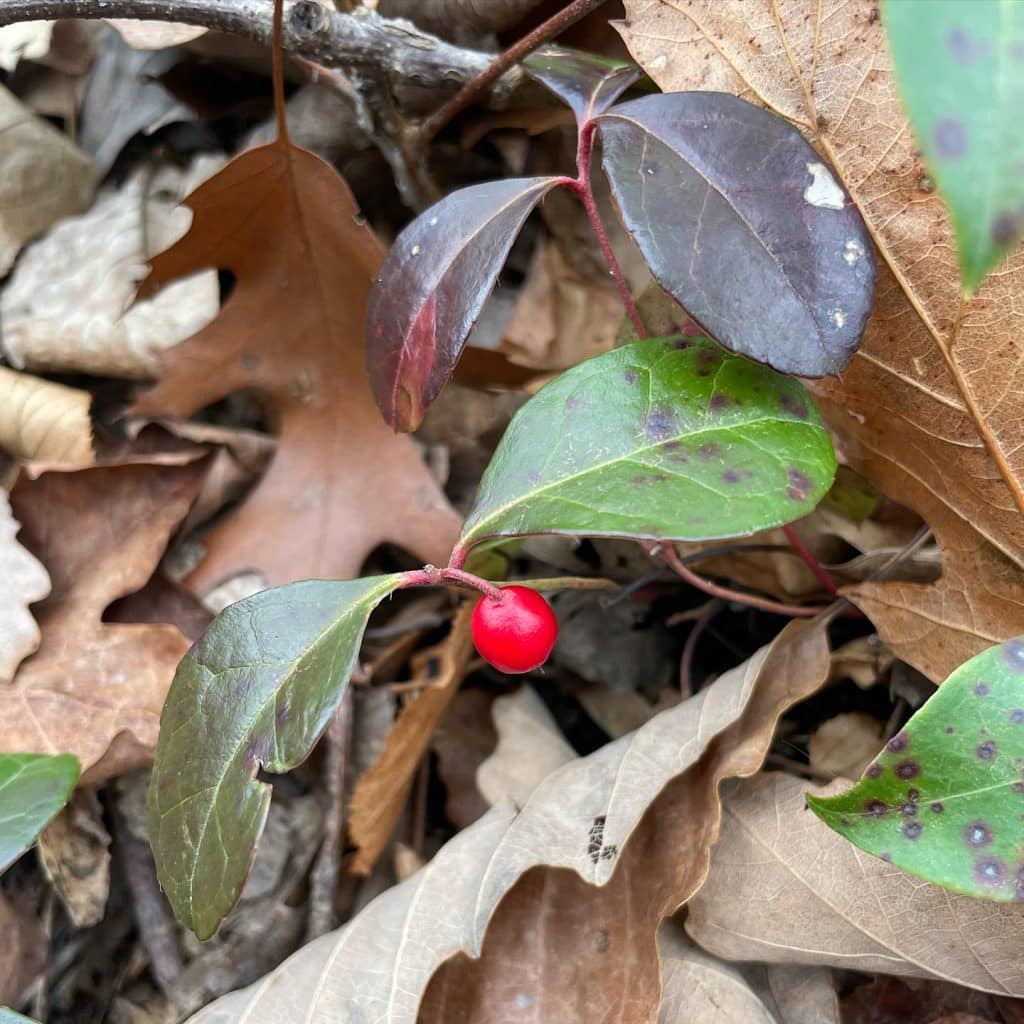
Teaberry (Gaultheria procumbens) is a native, low growing evergreen shrub that can be found across North America. Teaberry, also known as American wintergreen, can be found in areas with acidic soil and abundant rain. It grows in dense carpets, spreading by rhizomes. Teaberry has leathery evergreen leaves. The plant produces white or light pink bell-shaped […]
Juneberry, Tasty and Nutritious Native Fruits
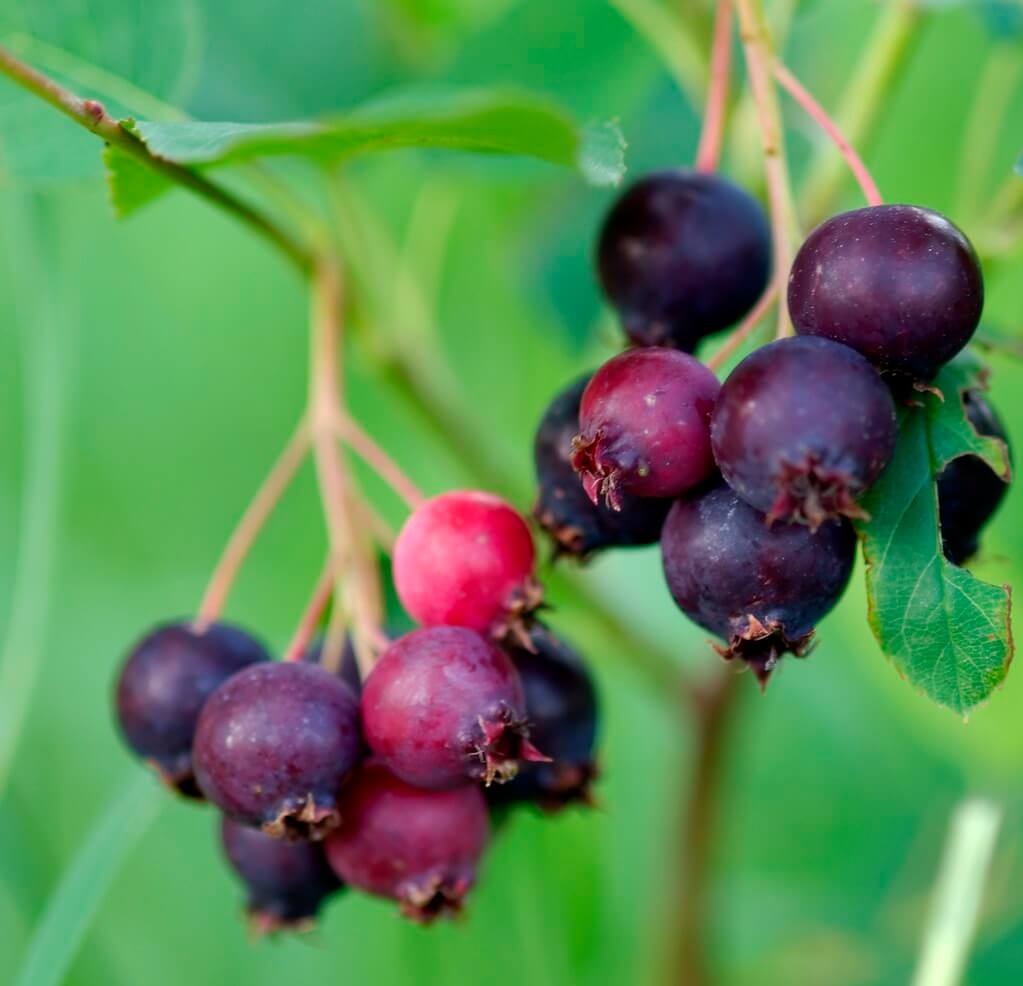
Juneberry (Amelanchier), also known as saskatoon, serviceberry, or wild-plum, is a genus comprised of more than 20 species of deciduous shrubs. It belongs in the Rosacea family, meaning that it’s related to roses. Most juneberry tree species are native to North America. In fact, almost every US state has a native juneberry tree species. These […]
Wild Blackberries and Raspberries, a Diverse Group of Delicious Edibles
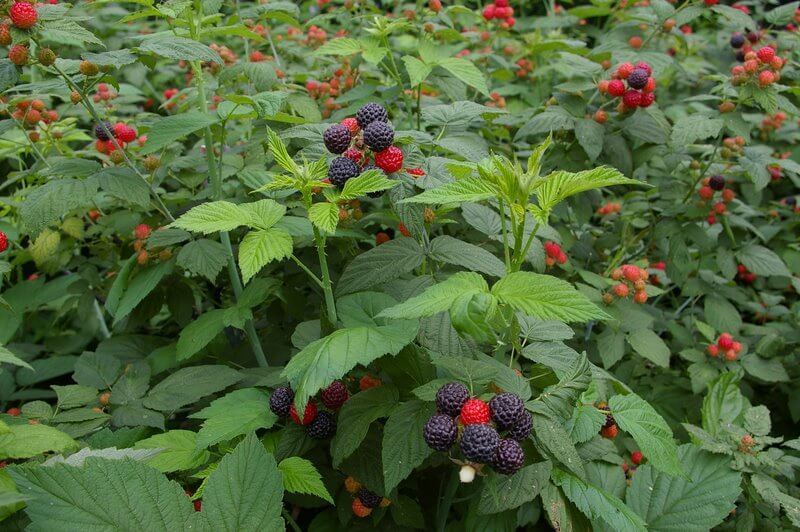
Do you know what Rubus is? It is a diverse genus of flowering plants in the Rosaceae family. Most Rubus plants are easily recognizable from their rough and prickly wood stems, much like the common thorny stems of rose plants. These stems are usually tangled, forming a bush called brambles. The fruits from a Rubus […]
Black Chokeberry, a Native Super Food
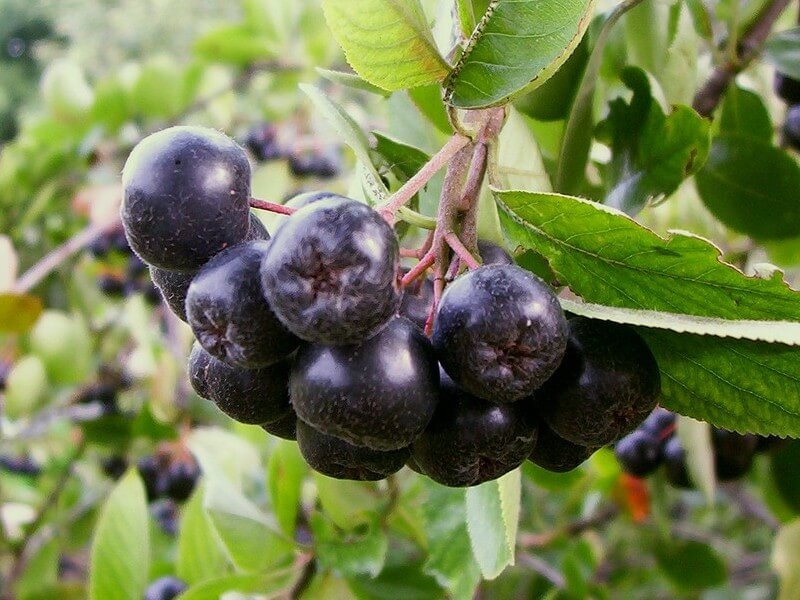
Despite its funny name, black chokeberry (Aronia melanocarpa) is a super healthy food that has been cultivated and consumed for thousands of years. It’s native to eastern North America, but due to its various uses, chokeberry bushes were later introduced to Europe as well. They’re easily recognized in the wild from their glossy dark green […]
Wild Sarsaparilla, a Native Source of Energy and Health
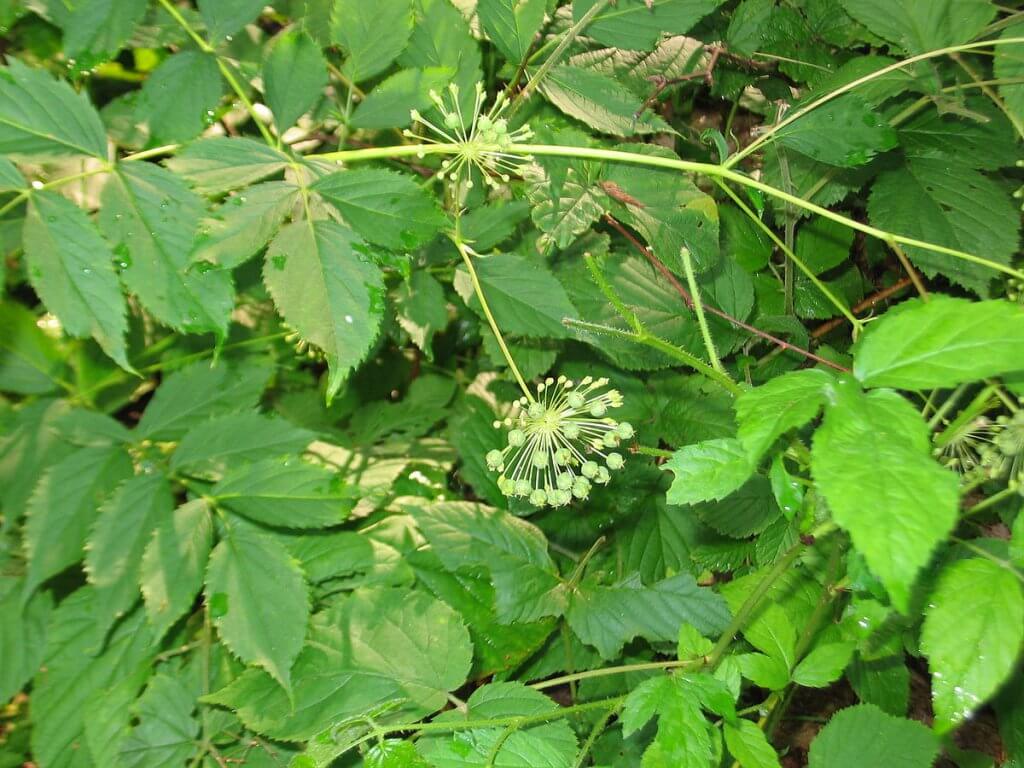
Despite their similar name, wild sarsaparilla (Aralia nudicaulis) is not related to the true sarsaparilla at all. Unlike true sarsaparilla which belongs to the Greenbrier family, wild sarsaparilla belongs to the Ginseng family. Wild sarsaparilla is a perennial flowering plant that comes from northern and eastern North America. This plant can easily be […]
Indian Cucumber, Tasty Edible Roots with Many Virtues
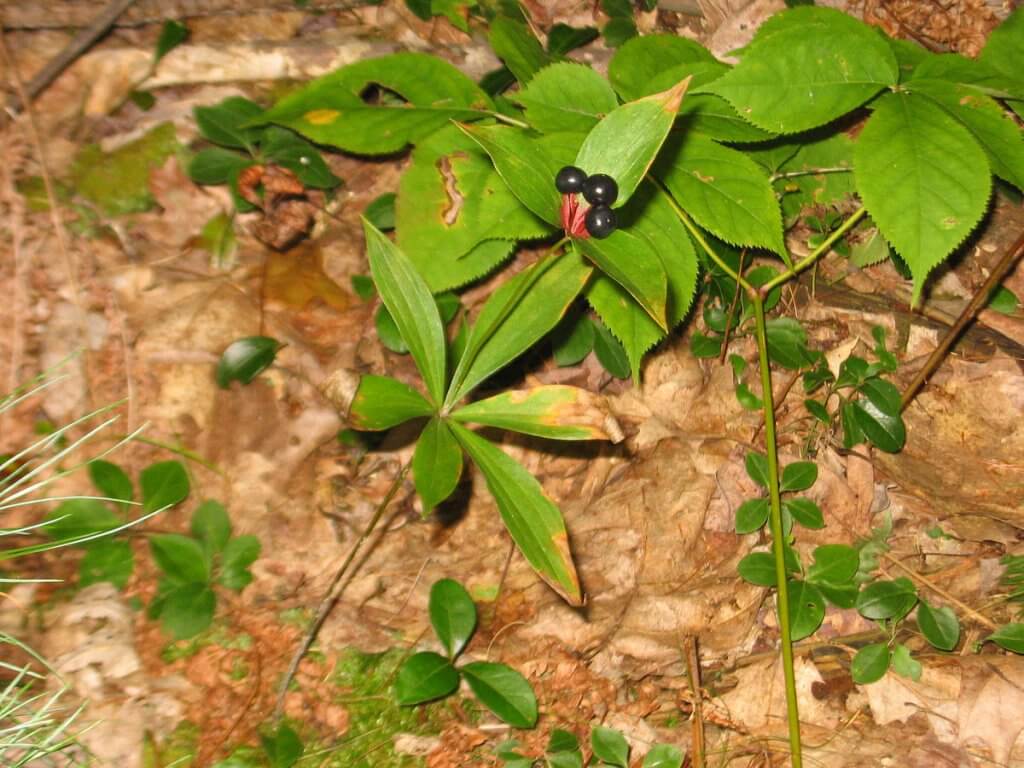
Much like may other plants in the Lily (Liliaceae), Indian cucumber (Medeola virginiana) is a good wild edible. Indian cucumber is a perennial plant that’s native to eastern North America. This plant got its name from the fact that it tastes and smells almost exactly like cucumber. Aside from its culinary uses, this plant also […]
Bearberry, Loved by Bears and Humans Alike
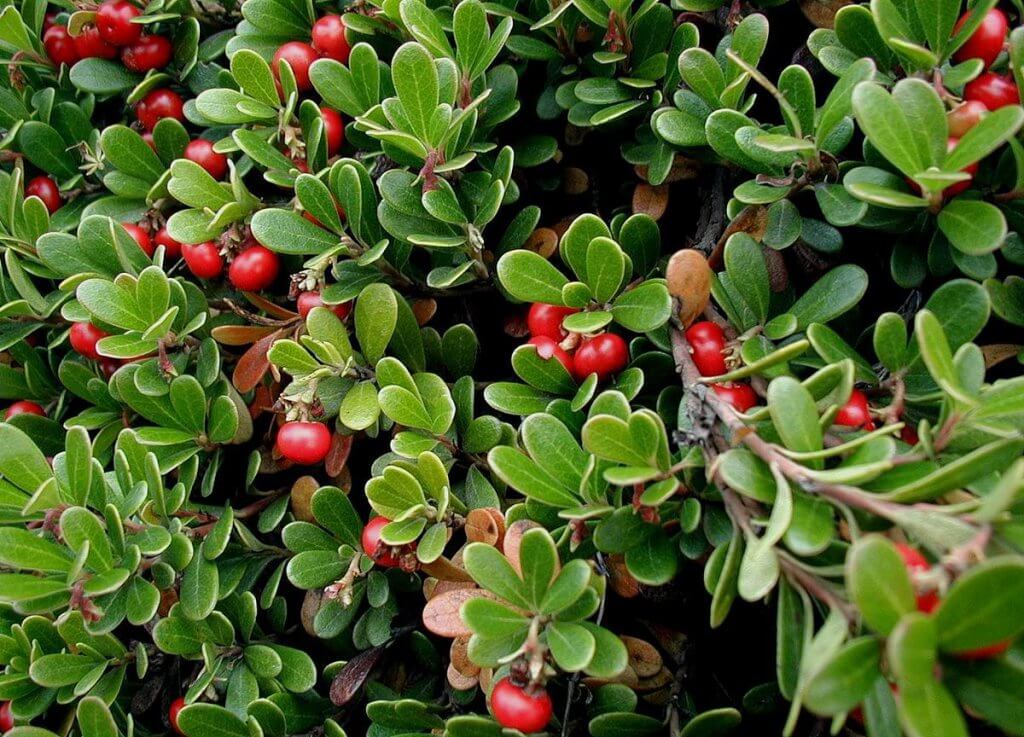
Bearberry (Arctostaphylos uva-ursi) is a dwarf, evergreen shrub that can be found growing in North America, Europe, and northern Asia. This plant can be recognized in the wild from its small, shiny red berries. These bright fruits are a favorite among woodland creatures, especially bears. They are also edible to humans and since ancient times, […]
Elderberry, Tasty and Packed with Nutrients

Elderberry (Sambucus canadensis), also known as American black elderberry or common elderberry, is a shrub that can easily be found throughout North America. It’s known for its delicious, dark purple berries and lacy white flowers. Elderberries and elderflowers are famous for their culinary and medicinal uses. Edibility and culinary use Almost all parts of this […]
Serviceberry Muffins

Serviceberry is an interesting plant, it not only looks like blueberries but it also has a similar taste. These are from the rose family and often go by the name of Amelanchier. That is not the only name they are recognized by however, you can also find them labeled as June Berry, Shadblow Berry, Shadbush […]
Pawpaw Fruits, A Tropical Fruit in Temperate Climates
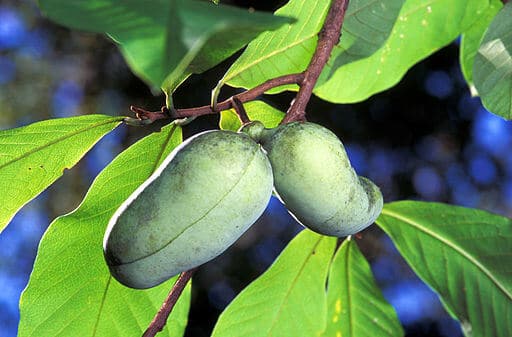
Pawpaw trees Pawpaw trees(Asimina triloba) are unique because most of their closest relatives are tropical species, but these trees are not. Pawpaw trees are native to temperate climates of eastern and central United States and southern Canada. This USDA map shows their range in the U.S. and Canada. Pawpaw trees are in the same plant family as tropical […]
Hawthorn, an Ornamental Tree With Edible Fruit
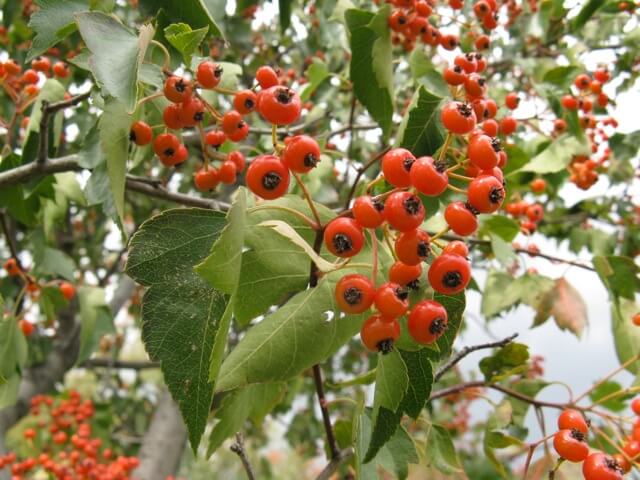
Washington hawthorn tree (Crataegus phaenopyrum) is a common ornamental landscape tree in the Eastern and Central United States. The genus Crataegus is a large genus including many species referred to as hawthorn tree, hawthorn apple thornapple, maytree, whitethorn and hawberry. Although this article focuses on the washington hawthorn tree the information here applies to many other species in the […]
5 Easy to Forage Edible Spring Plants of the Northeast

At Eat The Planet we love to teach people how foraging for wild edibles can be easy, safe, and rewarding. This article was written to get people out there and eating edible wild plants safely. There are 3 things that you need to be able to do first and this article is meant to make […]
Multiflora Rose, An Invasive But Nutritious Wild Edible
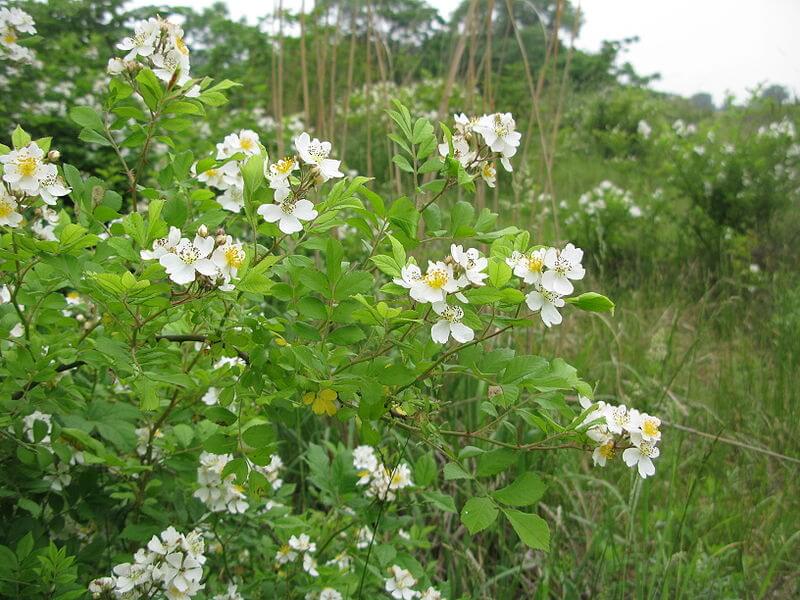
Roses are one of the most popular plants known to mankind. Their history as a cultivated plant goes back at least 5000 years. The Multiflora Rose (Rosa multiflora), also known as Japanese Rose is a native Asian rose that has become invasive in many parts of the United States and Canada. The edibility and medicinal […]
10 Wild Edibles, You Should Know
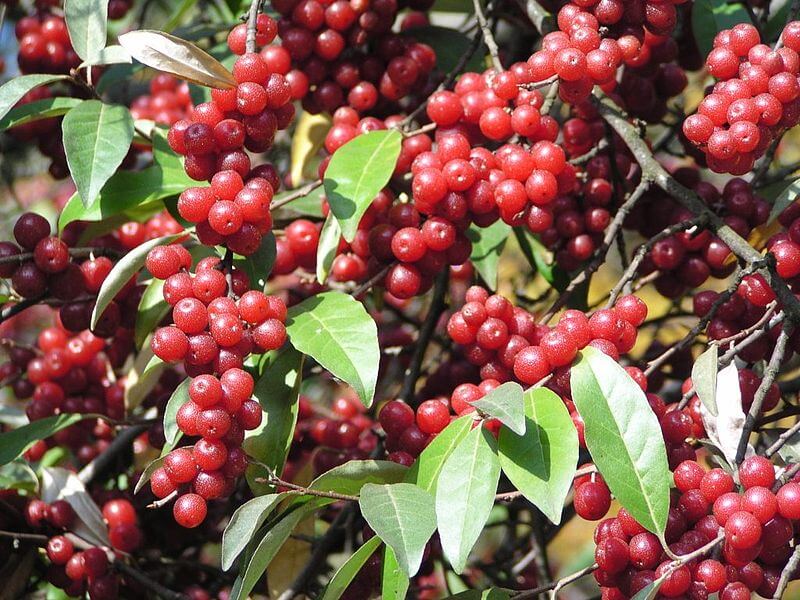
This is a list of wild edibles that are abundant, easy to identify, and significant in one way or another. These are some of the basics that are good to know if you’re stuck in the woods in a survival scenario or simply camping and hiking. There are some basic identification features mentioned here but […]
Sassafras, An Illegal Substance That Grows Wild In Our Back Yards

Sassafras Tree Sassafras is the primary ingredient in traditional root beer as well as being used in the production of MDMA(ecstasy) and MDA. Sassafras tree (Sassafras albidum) is a very common native plant in the Eastern United States. It is often seen in clumps of weedy saplings, but as sassafrases mature they can grow to be large trees. There […]
What is the story behind the banning of Safrole?
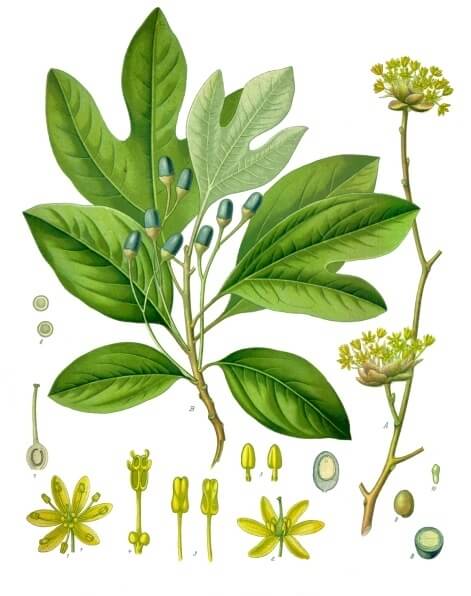
Safrole which is a unique substance in Sassafras can not be found in significant quantity in any food products sold in the united states today. On the surface it looks like a clear and simple reason. Official Reason behind the banning of Safrole In the 1950s in a government study, Safrole had been force fed […]
Eastern Red Cedar Berries, A Touch of Natural Flavor
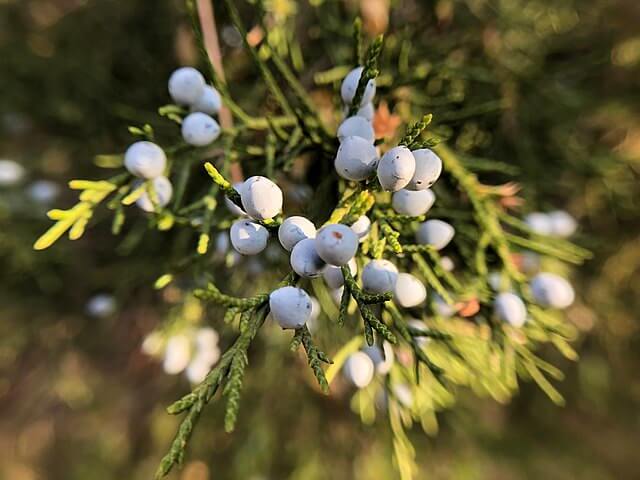
Editor’s note: This article was originally published in December 2013. Updated April 2022. Eastern red cedar (Juniperus virginiana) is a very common native plant in Eastern North America. The common name can be slightly misleading as it’s technically not a true cedar but a juniper. These tall, slim trees with their waxy, light blue-colored berries […]
Black Tupelo, A Native American Fruit Tree
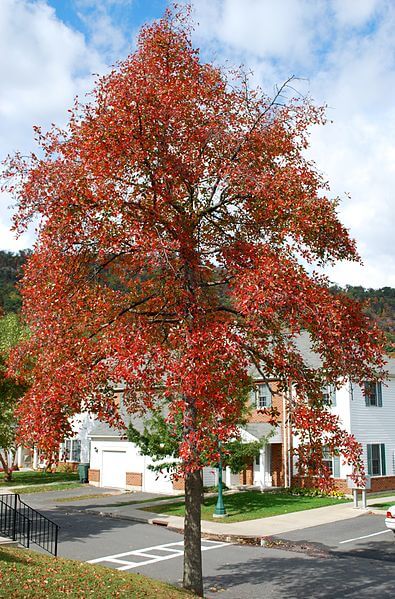
Black Tupelo (Nyssa sylvatica) , also called black gum tree is a North Eastern American native tree producing edible fruit in the fall. There are 2 other species in the genus native to South Eastern US, they are the Ogeechee Lime (Nyssa ogeche) and Water Tupelo (Nyssa aquatica), This article primarily focuses on Nyssa silvatica […]
Japanese Barberry, Invasive Winter Fruit

Japanese Barberry (Berberis thunbergii) is an invasive shrub in eastern United States. It can grow in dense forest shade and is not typically eaten by dear. It is commonly used as a landscape plant and a few varieties have been developed for that purpose. Efforts are under way to prevent the species and all its […]
Autumn Olive, A Common Invasive Edible Fruit

Autumn Olive (Elaeagnus umbellata) is an invasive shrub in central and eastern United States. It was introduced in the 1930s and promoted in the 1950s as a great food for wildlife. It is a great food for wildlife, and people, but it produces so much fruit that birds carry the seeds all over the central […]
